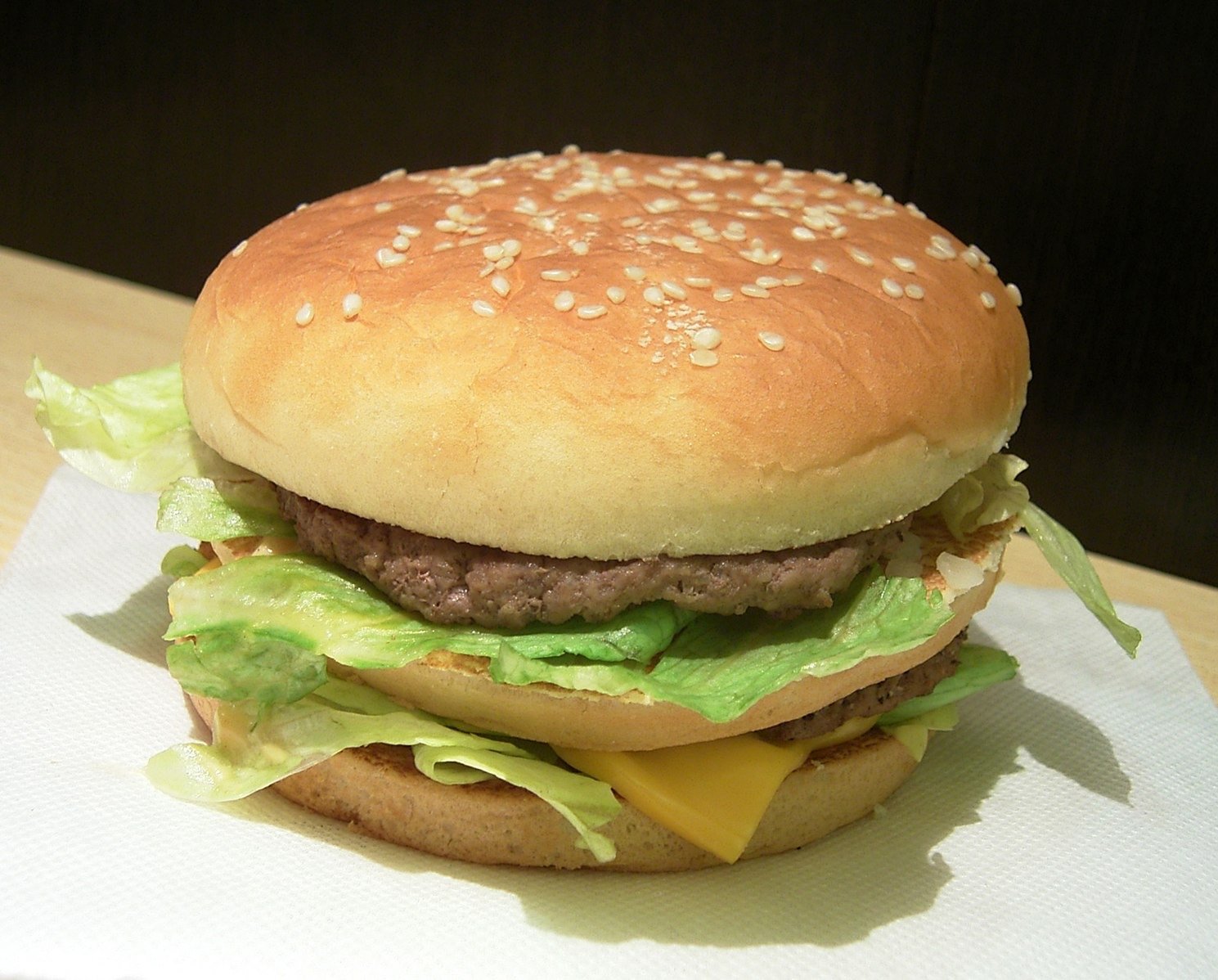Just a quick whiff of something — a mere speck of scent in the air — is enough to evoke memories as far back as preschool. How do scents play such an integral role in the human narrative? When we smell something foul, we typically recoil and then perpetually have a memory of a negative experience. After glancing at my “A Thousand Wishes” body lotion, courtesy of the aroma epicenter of America — Bath & Body Works — I got to thinking about the power of smell.
Scents can also be heavily influenced by culture and lifestyle. I have been vegetarian my entire life, and anything more than the sight of meat, even a waft of its scent, is enough to make me gag and sometimes become sick to my stomach. Due to this natural aversion, combined with newly acquired knowledge about the cruelty and dangers of the meat processing industry, I have never felt the slightest inclination to try meat, and never will. On the other hand, while some people will shy away from coconut oil (the mother of all oils, in my humble opinion), I relish its nutty and nostalgic scent. Coconut oil works wonders for the hair and skin, and its rich scent is comforting, since my mother has always used it in her cooking.
In reflection of the sheer ability of aromas to conjure memories and create new ones, here is a non-exhaustive compilation of good, bad and ugly scents.
The Good:
Barnes & Noble
As soon as you open those huge wooden doors and step into a Barnes & Noble establishment, a wave of a distinctive scents washes over you. What is this scent? The redolent combination of bounded paper with coffee from the Starbucks nestled in the back. The scent is welcoming and puts you in the mood to sit down and read a good book. Maybe it’s all part of their marketing strategy to attract customers.
Spicy potato samosas
Samosas are originally a North Indian snack dish, fashioned from an all-purpose flour pastry shell, filled with potatoes, peas, and spices (cumin, chili, or coriander) and fried until golden-brown. It’s a fact of life that all fried food smells and tastes good — and samosas are no exception. When samosas are fried, you can smell the potato-and-spice mixture crackling in the oil enticingly.
Tomato plants
Have you noticed that tomato plants have a scent that stands out among all other garden crops? This past summer, I worked on a farm and really gained an appreciation for their tangy, earthy smell. Simply put, the scent is grounding and makes you want to bury your snout in the fuzzy stems.
The Bad:
Febreze
Maybe I’m low-key allergic to Febreze, but when it’s sprayed, bouts of sneezing tend to occur. Although Febreze smells all right and purportedly does an excellent job of covering up worse odors, it’s definitely not healthy to breathe in regularly. There’s talk about it containing carcinogenic ingredients, and what’s more — its status as an aerosol releases harmful chlorofluorocarbon into our already suffering atmosphere. Why should we smell fake scents when we can use real ones? It would be cool if we made the switch to using all-natural candles (although their use is strictly, and sadly, prohibited in Stanford residences) or diffusers that release natural scents.
The Ugly:
McDonald’s
Although Mickey D’s is one of the quintessential American restaurants, with its cheap menu and unhealthy dining options, it reeks. I’ve visited McDonald’s a grand total of two times, and at both establishments, the restaurant had a strong odor of old frying oil and griminess.
Pumpkin pie
Pumpkin pie has a sickly-sweet smell; the blend of pumpkin, cinnamon, and nutmeg is too much to bear. Its cloying scent sticks to your nose and just doesn’t leave. Sorry to the pumpkin variety, but it is, unfortunately, one of the more inferior pies.
In conclusion, smells are pretty subjective, but we can objectively state that they all carry profound significance.
Contact Sarayu Pai at smpai918 ‘at’ stanford.edu to talk about the art and science of olfaction.
